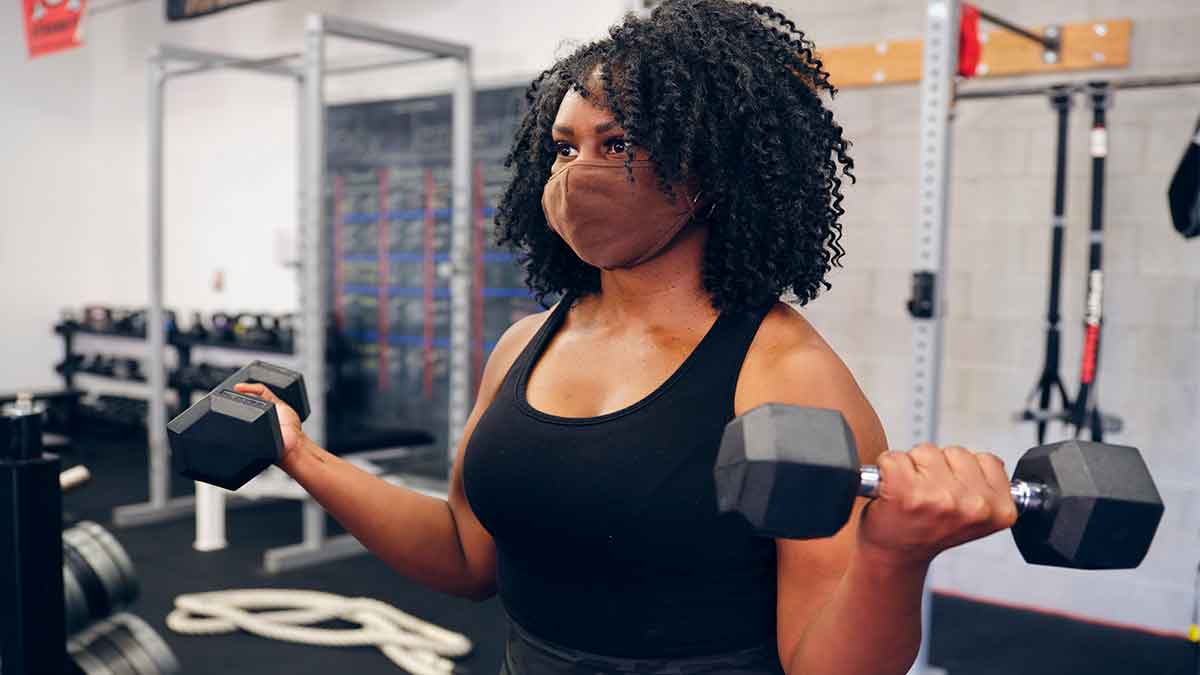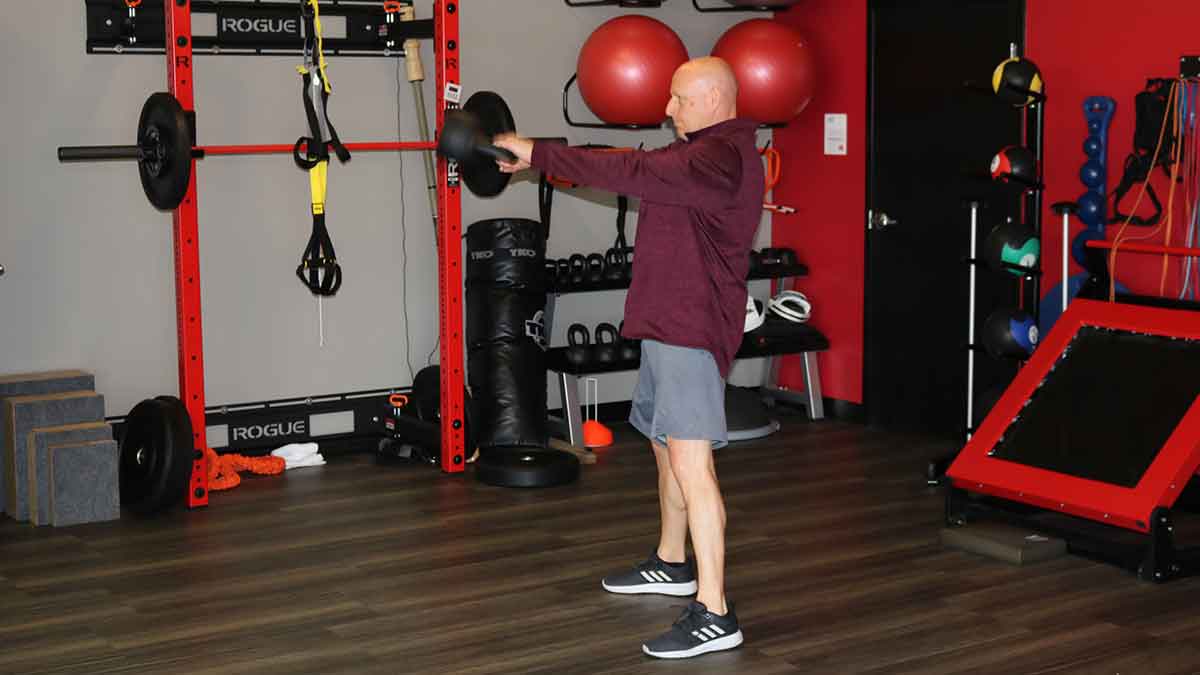Does foam rolling muscles work?
Everyone loves a good massage but not always the price that comes with it. After a tough workout or while rehabilitating injuries, nothing is better than that “hurts so good” feeling.
Although not as luxurious, using a foam roller is considered a form of self-massage and can produce many of the same benefits.
Rolling out your muscles isn’t just for professional athletes. While it has the ability to increase performance, foam rolling can also be used to relieve and reduce tension caused by daily stresses.
What does foam rolling muscles do?
Popular thought is that foam rolling breaks up adhesions, reduces stiffness, decreases soreness, increases blood flow and reduces tissue tension, leading to improved recovery and performance.
Studies have shown that rolling out your muscles does decrease tissue tension and can improve your range of movement, increasing your speed and flexibility. While there are many benefits to rolling out your muscles prior to or following a workout, studies have also shown that foam rolling can be used without affecting muscle performance and strength and may just be used as a cheaper method of soft tissue massage.
How often should you foam roll?
Foam rolling can be done on a daily basis on any muscle group. It’s most effective when it’s utilized on a consistent basis. To better prepare for a training session, I recommend rolling out before exercising to reduce muscle tension and increase blood flow. It can also be done following exercise to limit the amount of muscle soreness and stiffness. If you struggle with sleep due to aches, foam rolling prior to bedtime may decrease the stress and tension from the day to aid in getting a better night's sleep.
Have a tender spot? Foam rolling may cause some discomfort in certain areas that are extremely stiff. Targeting a specific muscle for five to 30 seconds, you should feel the tenderness of the area dissipate. It’s not advised to roll over known injuries or joint areas without a qualified medical professional’s permission.
How can I keep my muscles healthy after a foam rolling session?
This practice only produces temporary effects on the muscles and is only one aspect of keeping your tissue healthy. For long-term changes, I recommend movement and strength work. To help improve your performance and muscle recovery time, it’s necessary to be consistent with movement, drink plenty of water, get adequate sleep, and eat healthy and nutritious foods.
Chris Kolba is a physical therapist at The Ohio State University Wexner Medical Center.





